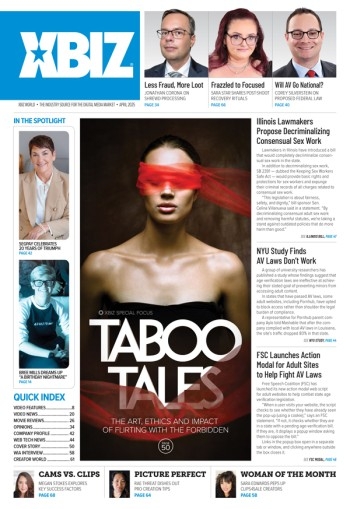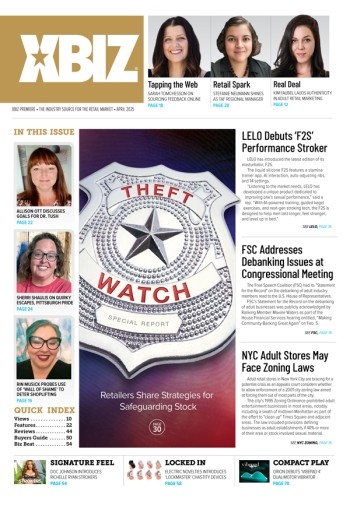Planning for accessibility is an increasingly important (and legally required) concern for website owners, which goes beyond “doing good business,” to “doing the right thing.”
Accessibility initiatives seek to readdress difficulties that a viewer may encounter with a website due to various personal impairments; ranging from poor eyesight which can be accommodated by offering typesize and style choices with larger navigational buttons and images; to total blindness, which calls for screenor Braille-reader friendly designs; or color blindness, which can make non-underlined hyperlinks difficult to notice.
A wide range of countries either officially encourage or legally mandate accessibility for information systems, including websites.
These navigational concerns extend to those who have difficulty with traditional input control devices such as a mouse, due to their shaking brought on by Parkinson’s disease, or because of an amputation as a result of battle damage, for example — there are many factors that can hinder a potential customer from using your website, but which can be planned for and mitigated. Stroboscopic effects that could trigger seizures; complicated processes that can cause issues for those with cognitive or memory issues; and audio / video content without a “signed,” textual or closed-captioned corollary, are all problems that can be addressed as part of an accessibility initiative. And you may not get a choice.
A wide range of countries from Australia to Canada, Spain to Sweden, Japan to the U.K., the U.S. and beyond, either officially encourage or legally mandate accessibility for information systems, including websites. Although these rules tend to focus on government-run websites, the standards they are establishing are forming best practices for all webmasters to follow — with many developmental guides available.
For example, the U.S. government’s Section 508 website (www.section508.gov), offers a wide range of information and resources for building compliant online properties, along with links to related accessibility programs run by the European Commission and other bodies; while the W3C offers its Web Accessibility Initiative (www.w3.org/WAI/).
On the adult entertainment front, WebcamPorn.Mobi serves as one example of a site that uses a WCAG 2.0 (Level A) accessible interface — in this case, to promote mobile webcams and free iPhone porn apps to those users with physical and other disabilities — bringing its offer to the deaf and visually impaired, as well as to those suffering from old age-related, cognitive, or motor difficulties, seizures and more.
“The site will operate with screen readers such as JAWS, all videos will have transcripts, and all pictures will include written explanations,” states WebcamPorn.Mobi rep Johan B, noting that the website’s “font size and color will be fully adaptable and the entire site will operate with no dependency on Java Script.”
“Web accessibility is something which many mobile porn sites have yet to properly address, even though the technologies are out there and the inclusion guidelines have already been clearly specified by the W3C’s WCAG 2.0 guidelines,” Johan B explained.
“All we really want is to provide the tools that will allow people with physical, sensory, and cognitive disabilities to view all the mobile porn images and features in a similar fashion to those available to users that are not disabled.”
That, after all, is the point of accessible design — and a key to reaching the broadest possible audience while preparing for the impact of any possible accessibility legislation.






